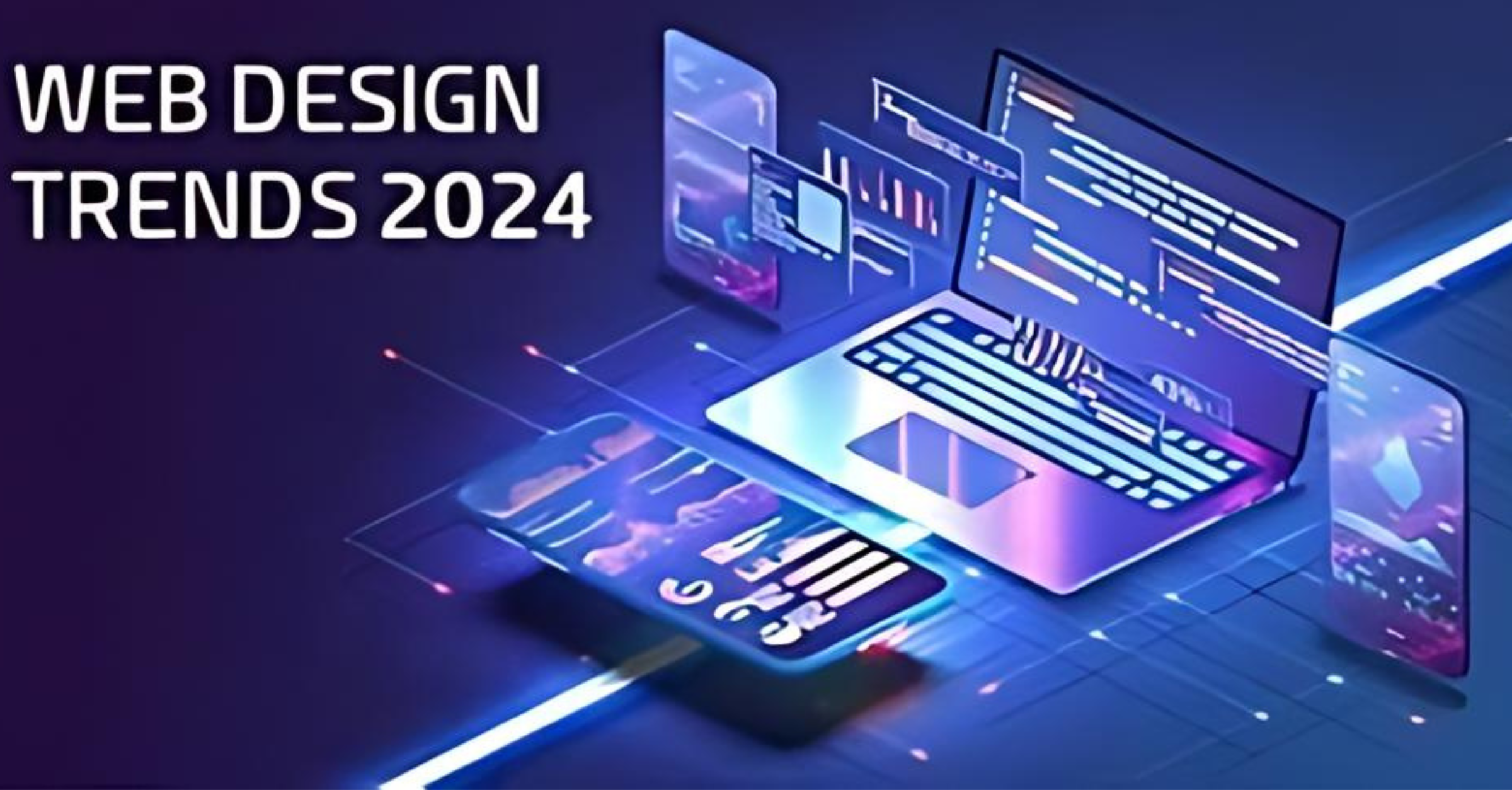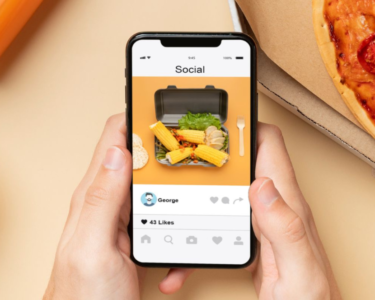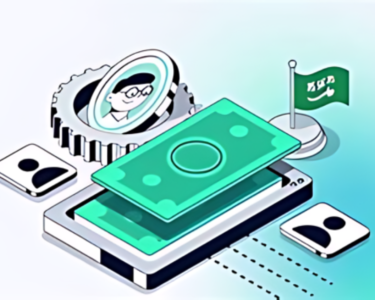Keeping up with web design trends is important because the digital world changes quickly, and people expect websites to look and work better over time. New design trends help improve how users experience your website, making it easier and more enjoyable for them to use. A well-designed website also makes your brand look more professional and trustworthy. Plus, search engines like Google rank user-friendly and accessible sites higher, which can help more people find your business online. In 2024, the focus is on creating innovative, accessible, and user-friendly designs that work well for everyone and keep your website up-to-date and competitive.
1: AI-Driven Personalization: AI is revolutionizing web design by creating personalized user experiences. It analyzes user behaviour and preferences to deliver dynamic content tailored to individual needs. Examples include personalized product recommendations and adaptive layouts that change based on user interactions. This level of customization enhances user satisfaction and engagement, leading to higher conversion rates. Websites can now predict user needs and present relevant information proactively, making the browsing experience seamless and efficient. As a result, businesses benefit from increased customer loyalty and improved overall performance of their online platforms.
2: Dark Mode Dominance: Dark mode is still popular in 2024 because it looks modern and is easier on the eyes, especially in dim light. It also helps save battery life on OLED screens by using less power. To use dark mode well, it’s important to choose colours and contrasts that keep the text easy to read without ruining the design. It’s key to make sure that both light and dark modes work smoothly together, so users have a great experience no matter which mode they choose. This way, the design stays attractive and user-friendly.
3: Minimalist and Clean Designs: The minimalist trend in web design emphasizes simplicity and functionality, stripping away unnecessary elements to focus on clean, essential content. This approach not only enhances visual appeal but also improves user experience by making websites easier to navigate. Whitespace plays a crucial role, offering breathing room that guides users’ attention and reduces cognitive load. Streamlined navigation ensures that users can find what they need quickly, without distractions. Minimalism is especially effective on mobile devices, where screen space is limited, ensuring faster load times, better readability, and more intuitive interaction, ultimately leading to higher user satisfaction and engagement.
4: Micro-Interactions and Animations: Micro-interactions play a crucial role in enhancing user engagement by providing instant, intuitive feedback that improves the overall user experience. These subtle animations, such as button presses that slightly change colour or icons that animate upon completion of an action, make interactions feel responsive and satisfying. They guide users, confirm actions, and add a layer of delight to the interface. To avoid overwhelming users, it’s essential to keep animations subtle, fast, and purposeful. Prioritize simplicity and ensure that each micro-interaction serves a clear function, enhancing usability without distracting from the main content or slowing down the site.
5: 3D Elements and Immersive Design: 3D graphics and immersive elements are becoming popular in web design because they make websites more engaging and interactive. These features add depth and realism, helping users feel more connected to the content. For example, 3D models of products can make shopping online more interesting. However, using 3D elements can slow down a website if not optimized properly. To keep the site fast and responsive, it’s important to use techniques like compressing files, loading 3D content only when needed, and using tools like WebGL to ensure everything runs smoothly.
6: Voice User Interface (VUI) Integration: Voice User Interface (VUI) is becoming integral to modern web design, driven by the rise in voice search usage. VUI transforms navigation by allowing users to interact with websites through spoken commands, enhancing accessibility, especially for those with disabilities. This hands-free interaction streamlines tasks, making websites more user-friendly. To design VUI-compatible websites, focus on optimizing site structure for voice queries, using natural language keywords, and ensuring quick response times. Incorporating clear, concise voice prompts and designing intuitive voice navigation paths can significantly improve user experience, aligning with the growing trend towards hands-free technology.
7: Asymmetrical Layouts and Broken Grid Designs: Asymmetrical layouts are becoming popular because they make websites look more interesting and unique. Unlike traditional designs that follow a strict grid, these layouts mix things up, creating a lively and creative feel. They catch the eye and keep users engaged as they explore the site. To keep the design balanced, it’s important to use contrasting colours, enough space, and clear focal points. This helps guide the user’s attention smoothly. To ensure everything is easy to read, stick to clear text and simple navigation, making the site both functional and visually appealing.
8: Augmented Reality (AR) Experiences: Augmented Reality (AR) is changing web design by making online experiences more interactive. With AR, users can see how products would look in their own space before buying, which helps them feel more confident about their choices. For example, furniture stores let customers see how a couch would fit in their living room, and beauty brands offer virtual makeup try-ons. While creating AR features can be expensive and requires good technology, the benefits of happier customers and standing out from competitors make it worth considering for modern websites.
9: Sustainable and Eco-Friendly Web Design: Sustainability in web design is crucial as online activities use a lot of energy. By making images smaller, writing efficient code, and reducing data, websites can use less power. These methods not only improve website speed but also attract eco-friendly users who care about the environment. Using green design practices shows that a brand is responsible and cares about the planet, which helps build trust and loyalty with customers who value sustainability.
10: Advanced Typography and Custom Fonts: In 2024, bold and creative typography will take centre stage, with designers using custom fonts to make strong visual statements and establish distinctive brand identities. These fonts go beyond aesthetics, conveying brand personality and enhancing user engagement. However, as typography becomes more expressive, maintaining readability and accessibility is crucial. Designers are balancing artistic flair with user-friendly text, ensuring that bold fonts are legible on all devices and accessible to users with visual impairments. Proper font scaling, colour contrast, and responsive design are key strategies to ensure advanced typography enhances rather than hinders the user experience.
In 2024, web design will be shaped by trends like AI-driven personalization, dark mode, minimalism, micro-interactions, 3D elements, VUI integration, asymmetrical layouts, AR experiences, sustainable design, and advanced typography. Staying updated with these trends is vital for remaining competitive, boosting user engagement, and ensuring your website is modern and responsive. By embracing these innovations, you can enhance user experience, increase conversions, and showcase your brand’s cutting-edge approach. Don’t fall behind—explore how these trends can transform your web projects. Ready to innovate? Let us help you implement these trends and elevate your digital presence.



